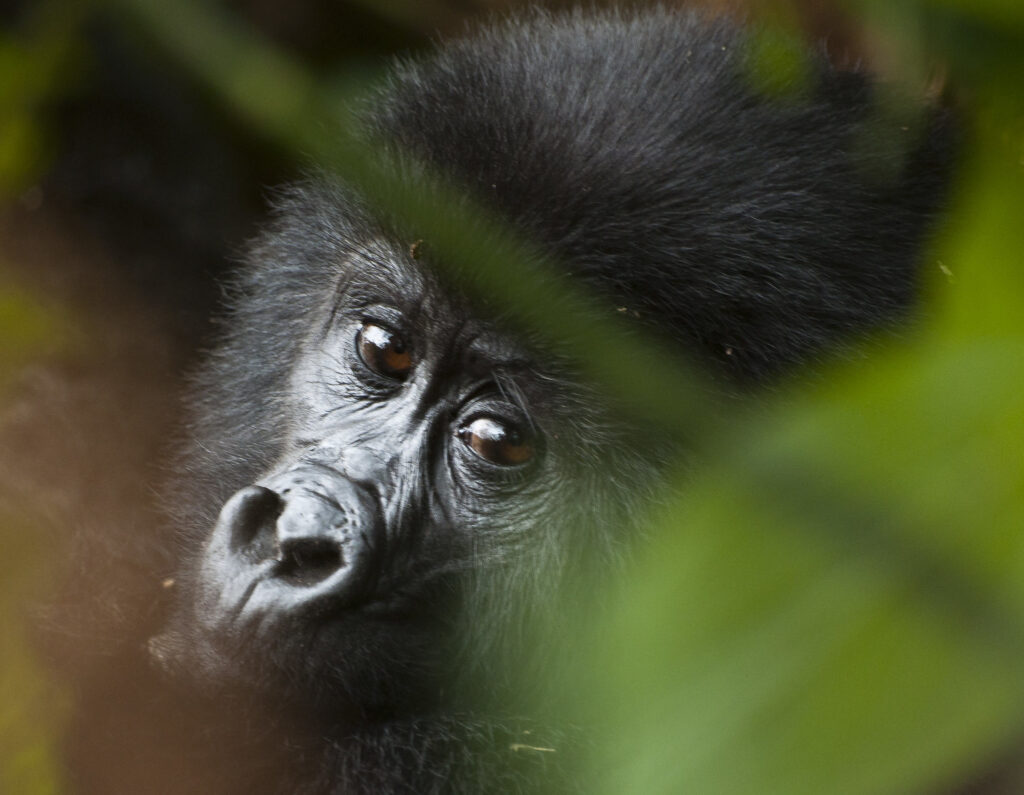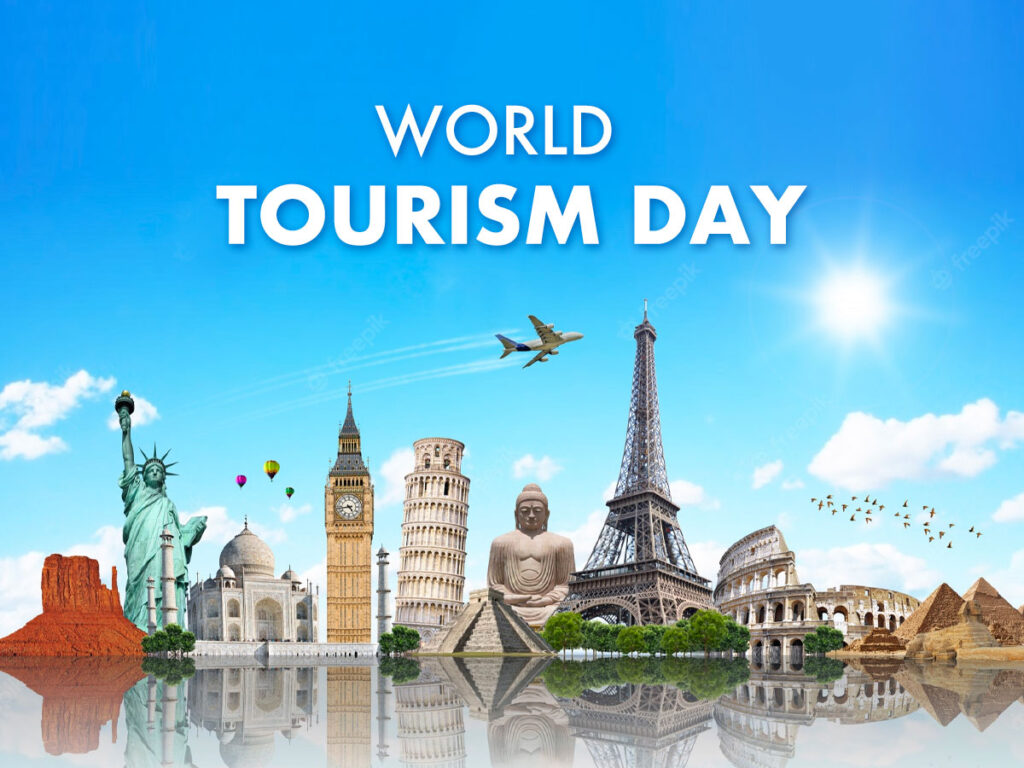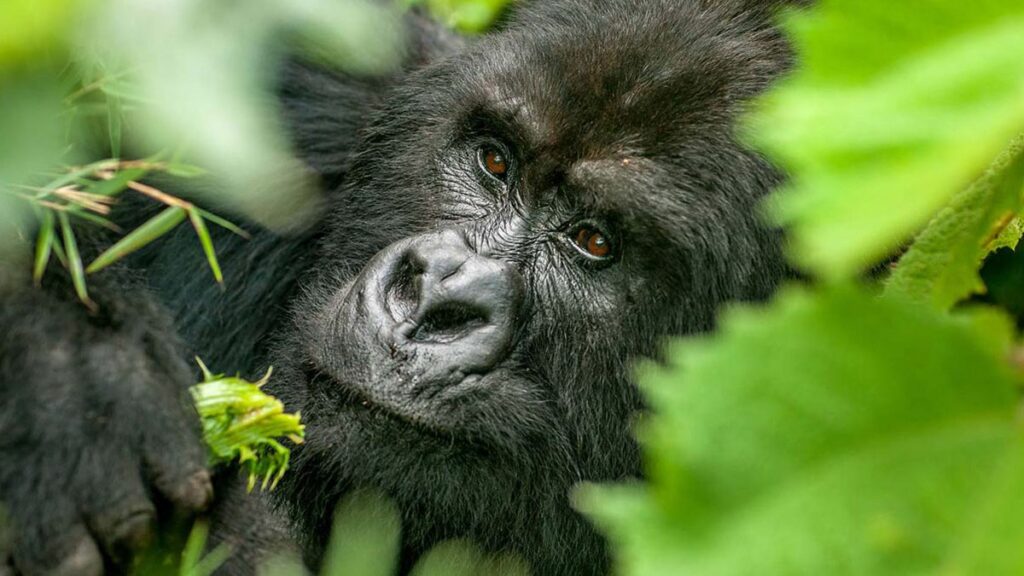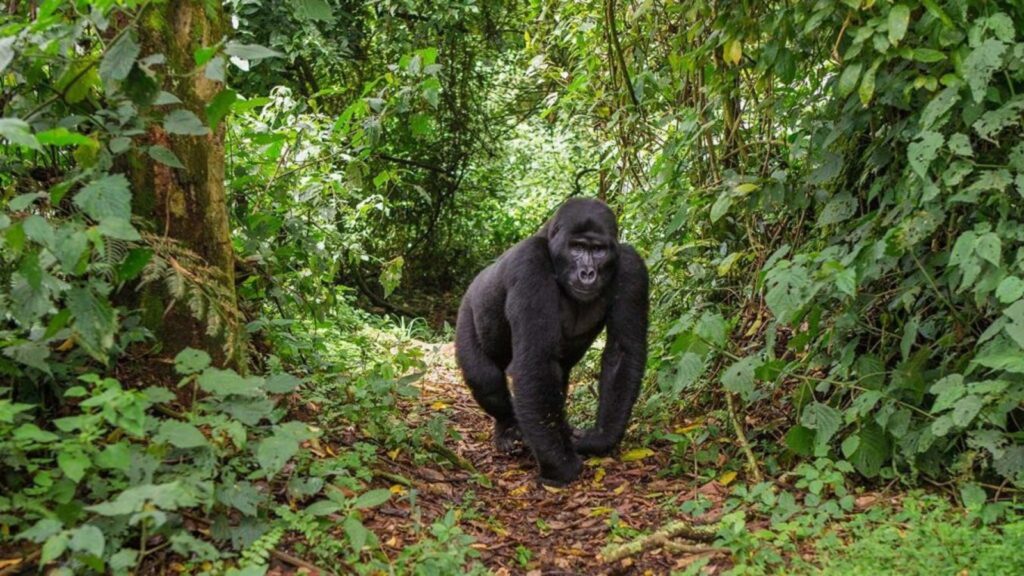Kyaguliro Gorilla Family—The Research Group of Bwindi’s Ruhija Sector
Hidden deep within the Ruhija Sector of Bwindi Impenetrable National Park, the Kyaguliro Gorilla Family stands apart from the rest—not just in location, but in purpose. This family is not primarily visited by tourists. For years, it has been dedicated to research and conservation monitoring, making it a vital part of mountain gorilla protection in Uganda.
Although not always accessible to regular trekkers, understanding the Kyaguliro Group gives insight into the behind-the-scenes science that sustains gorilla tourism and long-term conservation in Bwindi.
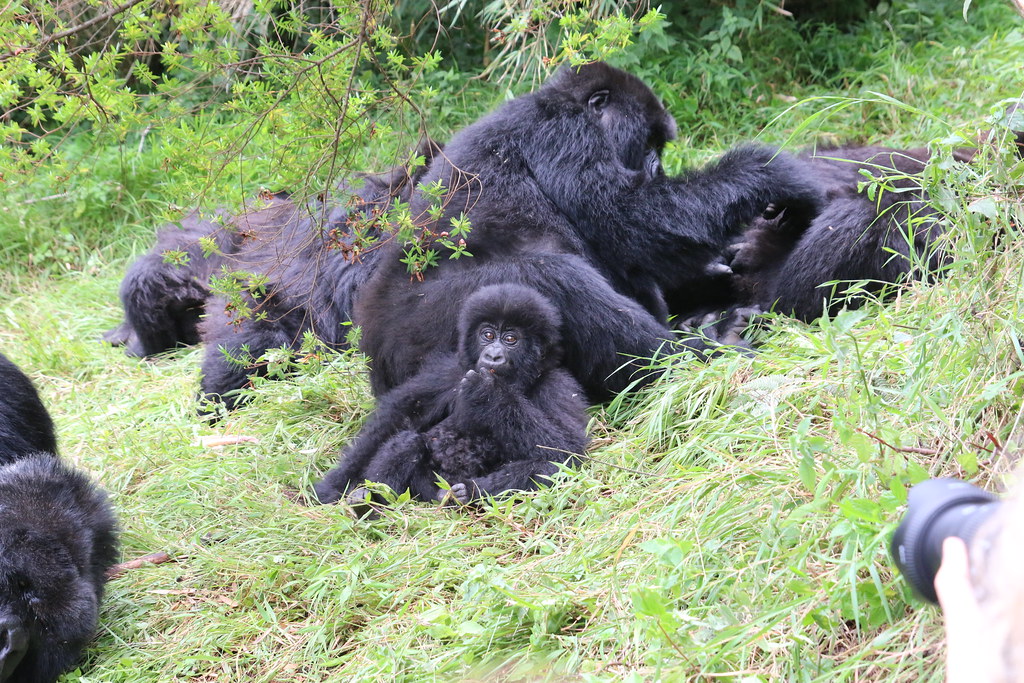
A Family for Science and Protection
The Kyaguliro Family was habituated in the early 1990s, but unlike other families, it was not opened for public tourism. Instead, it was reserved exclusively for scientific research, helping conservationists and primatologists observe long-term gorilla behavior, genetics, and group dynamics.
These insights have influenced policy, park management, and health monitoring across the entire Bwindi ecosystem.
The family’s calmness and tolerance to human observation made it ideal for researchers conducting close, prolonged studies—often spending days tracking feeding patterns, mating behavior, and parenting.
Home in Ruhija Sector
Kyaguliro lives in the Ruhija Sector, found in the eastern part of Bwindi. Ruhija is the highest elevation zone in the park, offering dramatic ridge views and thick montane forest. It’s also home to some of Bwindi’s most remote and undisturbed gorilla habitats.
Although the group rarely appears on mainstream trekking itineraries, its presence plays a key role in balancing ecotourism with science. For special permits or research collaborations, visits may be arranged under strict supervision.
Leadership and Drama in the Wild
The Kyaguliro group has had its fair share of leadership changes, with stories that mirror those of more publicly known families.
The group was originally led by Rukina, a confident and well-studied silverback who became a subject of multiple publications. Rukina’s sudden death in 2015 marked a turning point. His successor, Mukiza, was challenged by another silverback named Rukara—a wild migrant male who took over leadership through dominance.
This dramatic event led to a group split, resulting in two sub-groups: Kyaguliro A (led by Rukara) and Kyaguliro B, later known as the Mukiza Group. While Rukara kept the older members, Mukiza moved on with a younger faction. Both groups continued contributing to research and have since matured under new dynamics.
Group Composition
Today, the Kyaguliro Family typically includes:
- One dominant silverback
- Multiple females
- Juveniles and a few infants
The number of members can shift over time, especially since the group is monitored more for scientific data than tourism schedules.
Despite limited tourist access, Kyaguliro is known for its calm demeanor, slow movement patterns, and non-aggressive behavior, especially toward researchers.
The Value of Gorilla Research
The Kyaguliro Family is a powerful example of how research complements tourism. By studying this group:
- Researchers monitor gorilla health and disease risks
- Conservationists understand how gorillas react to climate and environmental change
- Behavioral data helps improve trekking protocols in other families
Tourism thrives because families like Kyaguliro provide the foundational knowledge to protect the species and ensure ethical human interaction.
Their presence reinforces that not every gorilla must be monetized. Some are best left as ambassadors of science.
Can You Visit Kyaguliro?
In most cases, the Kyaguliro family is off-limits to regular trekkers. However, select visitors—such as researchers, conservation donors, or documentary teams—may gain special access under Uganda Wildlife Authority guidelines.
If you’re deeply interested in conservation tourism, it’s worth asking your tour operator about special permission opportunities, though these are rare and highly regulated.
If not, you can still visit the Ruhija Sector and trek groups like Bitukura, Oruzogo, or Mukiza, which originated from this very family.
Plan Your Safari Around Ruhija
Even if you don’t see the Kyaguliro group directly, trekking in Ruhija brings you into proximity with some of the most authentic gorilla habitats in Africa.
Permits for Ruhija are more available than those in Buhoma, and the region is less crowded—offering peaceful treks, rich birdlife, and a chance to support lesser-visited communities.
Lodges such as Broadbill Forest Camp, Agandi Eco Lodge, and Bakiga Lodge provide warm hospitality and easy access to trailheads.

